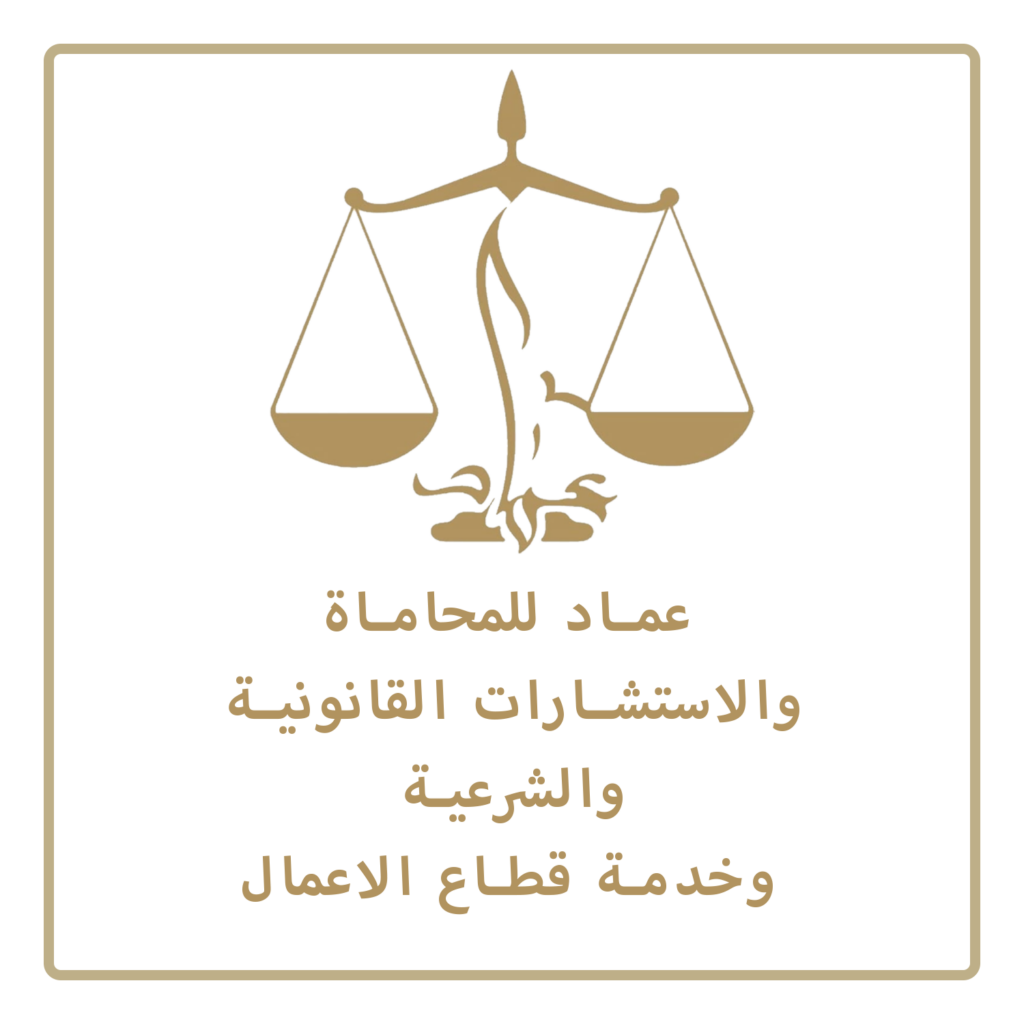Copyrights in a Digital world
Copyrights are a fundamental component of the intellectual property system and play a crucial role in protecting artistic and literary creativity across the globe.
This article explores the core principles of copyright protection in international law, eligibility criteria, the rights granted, modern challenges, and policy debates in the digital age.
What Can Be Protected Under Copyright?
Copyright protection applies to the “expression” of an idea, not the idea itself. Eligible works include literary, musical, artistic, audiovisual works, computer software, and more , as long as they are fixed in a tangible medium.
The work must be original and independently created, involving some degree of creativity, skill, or judgment, depending on national standards.
Originality and Creativity Requirements
Although the Berne Convention and TRIPS Agreement do not explicitly mention “originality,” it is implied that works must result from some form of “intellectual creation.”
In the U.S., the law requires both independent creation and a minimal level of creativity. In Canada, the standard includes the exercise of skill and judgment, striking a balance between low and high thresholds.
Rights Granted to Authors
The Berne Convention grants economic rights to authors, such as reproduction, distribution, translation, public performance, and adaptation. It also includes the resale right in original works.
Some countries grant moral rights, like the right of attribution and the right to object to derogatory treatment of the work. These rights are often inalienable in jurisdictions like France.
Exceptions to Exclusive Rights
Both Berne and TRIPS allow limited exceptions to exclusive rights, as long as they do not conflict with the normal exploitation of the work or cause unreasonable prejudice to the rights holder.
U.S. fair use doctrine is a key example, though its compatibility with TRIPS remains a topic of legal debate.
Digital Works and Modern Legal Challenges
The 1996 WIPO Internet Treaties introduced anti-circumvention provisions to protect digital works. The U.S. DMCA enforces these rules with criminal penalties and safe harbor provisions for service providers.
Service providers must implement notice-and-takedown procedures and address repeat infringers to qualify for liability limitations.
Term of Protection
The Berne Convention sets a minimum copyright term of the author’s life plus 50 years. In the U.S., the general term is life plus 70 years.
Countries may shorten the term based on the country of origin’s term under the “rule of the shorter term.”
International Enforcement and Legal Disputes
Disputes often arise around copyright exhaustion, parallel imports, and territoriality. In the U.S. Supreme Court case Kirtsaeng v. Wiley, the Court ruled that the “first sale” doctrine applies to lawful copies made abroad.
This decision has significant implications for global textbook and media markets.
Moral Rights and Landmark Cases
In Huston v. Turner, a French court upheld the heirs’ right to object to a colorized version of a film, based on moral rights, even though the director had signed a waiver in the U.S.
This illustrates the strength of moral rights protections in some jurisdictions, especially in Europe.
Conclusion
Copyright law is a vital mechanism to protect creative works globally. The challenge lies in balancing the protection of authors’ economic and moral rights with public interest, especially in the era of globalization and digital technology.
Understanding international treaties, national laws, and enforcement mechanisms is essential for legal professionals and creators alike.
At Emad Law Office, we handle all types of intellectual property cases with expertise and dedication. If you have any inquiries or require assistance in this area, please do not hesitate to contact us. Our team includes specialized consultants ready to support you. Click here
Written by:
Shahad Mohammed Husinoon

